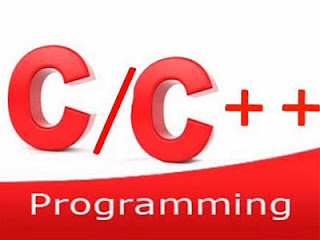SalesForce Training in Delhi
Choosing the data each user or group of
people can see is one of the key decisions that affect the security of your
Salesforce app or org. So we need to understand the importance of giving right
people the right access to the data.
 |
| Salesforce training in Delhi |
The ADX 201 certification training teaches
major aspects of Salesforce Security model . So when you are going for Salesforce training in Delhi who should
clear your basics well in security.
Let’s say you’re building a recruiting app
to help manage open positions, candidates, and job applications.
The org needs
to store some confidential data such as social security numbers, salary
amounts, and applicant reviews, that only some types of users should see.
You’ll want to secure the sensitive data without making life harder for
recruiters, hiring managers, and interviewers.
Salesforce has designed flexible , layered
sharing model assigning data sets to different sets of users.
The Salesforce platform can specify which users can view, create, edit, or delete any record
or field in the app. You can control access to your whole org, a specific
object, a specific field, or even an individual record.
By combining security at different levels,
you can provide the right level of data access to thousands of users.
Levels of
Data Access
The data model help you to control which
users have access to which data in your whole org, a specific object, a
specific field, or an individual record.
The different levels in which you can
control the security of your org.
Organization
At the org level, you can maintain a list
of authorized users, set password policies, and limit logins to certain hours
and locations.
Objects
You can restrict the users for accessing
particular type of object such as creating, editing, viewing or deleting records
of that object.
Fields
You can restrict access to a
certain field, even if a user has access to the object.
Records
The Salesforce security
model can allow users to view an object, but then restrict the individual
object records they're allowed to see. For example, an interviewer can see and
edit her own reviews, but not the reviews of other interviewers. The record
level access can be managed in 4 ways:
Organisation Wide Defaults: defining the default level of access users have to each other’s record.
We can use org wide defaults to lock the data to the most restrictive level and
then use record level and sharing tools to give access to the users.
Role hierarchies give
users access to a higher level in the hierarchy, which is owned by all the
records below them in the hierarchy. Role hierarchies do not have to match your
organization chart at all.
Sharing Rules : Sharing rules, like role hierarchies, are only used to give additional
users access to records.
Manual Sharing :
It allows owners of records to share their particular record with other users.
Although
manual sharing isn’t automated like org-wide sharing settings, role
hierarchies, or sharing rules, it can be useful in some situations, such as
when a recruiter going on vacation needs to temporarily assign ownership of a
job application to someone else.
You can learn more about
Salesforce security model by taking the best Salesforce training, PythonTraining in Delhi at Skillyfy visit www.skillyfy.com to know more about Salesforce training.
Happy Learning!
